According to Citigroup’s most recent AI assessment, which was published last week, roughly 54% of banking professions might be automated. AI technology has the potential to enhance an additional 12% of jobs within the business.
The biggest banks in the world have been using artificial intelligence (AI) more frequently over the past year because of its ability to boost output and cut expenses. According to a recent analysis by Citigroup, artificial intelligence (AI) might boost the banking sector by $170 billion by 2028.
Citigroup intends to let its 40,000 programmers experiment with different AI tools. The business has already reviewed hundreds of pages of regulatory submissions swiftly using generative AI, which can generate content from basic prompts.
“We’re currently focused on bringing it from the lab to the manufacturing floor,” CEO of Citigroup Jane Fraser stated during the digital money symposium held by the organization. She continued by saying that the bank is investigating the use of AI to improve cybersecurity and offer affluent clients individualized investing advice.
CEO Jamie Dimon of JPMorgan Chase & Co. thinks AI might reduce the workweek to just 3.5 days, which is why the bank is employing AI specialists. While ING Group uses AI to find possible defaulters, Deutsche Bank AG uses it to evaluate the portfolios of wealthy clients.
According to David Griffiths, Chief Technology Officer of Citigroup, generative AI “has the potential to revolutionize the banking industry and improve profitability,” in a statement released alongside the new findings. “At Citi, our goal is to leverage AI in a responsible and safe manner to increase the power of Citi and our people.”
According to Citigroup, AI may not cause a decrease in the total number of workers in the banking sector, even if it replaces some occupations. It is likely that financial institutions will need to employ a large number of AI managers and compliance officers to make sure that rules are observed when using AI technology.

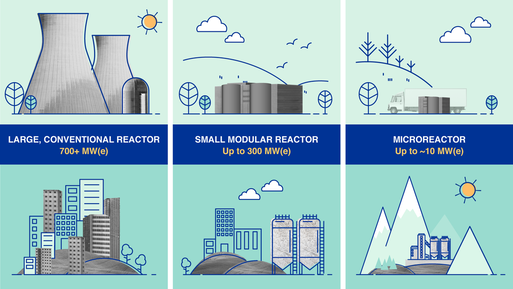
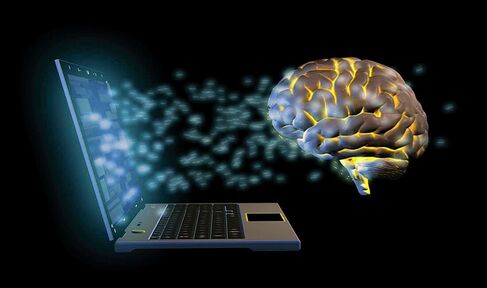
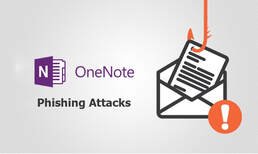
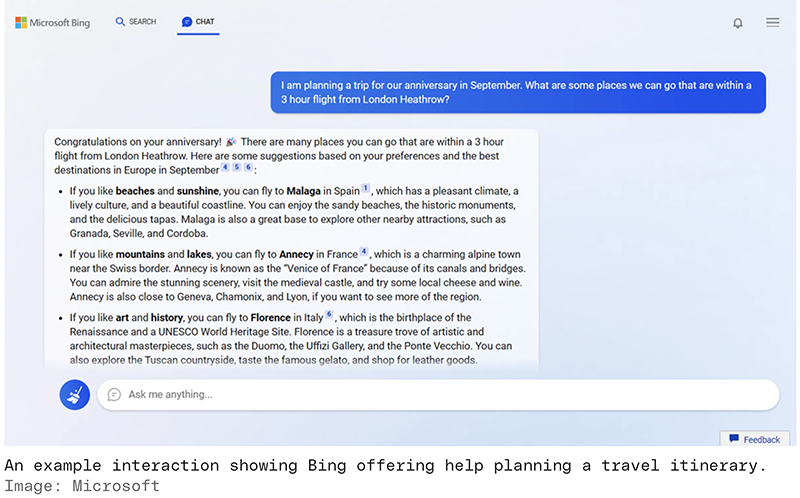
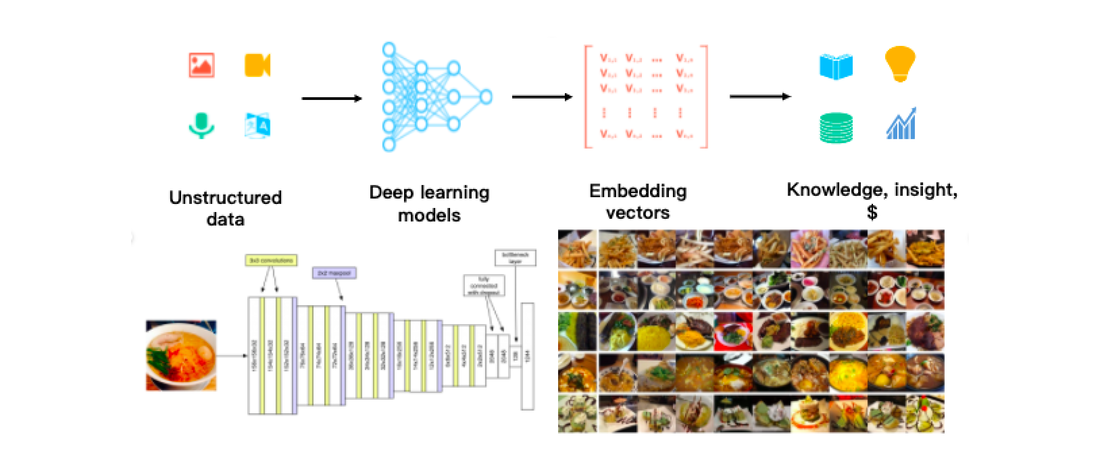




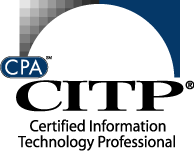




 RSS Feed
RSS Feed

